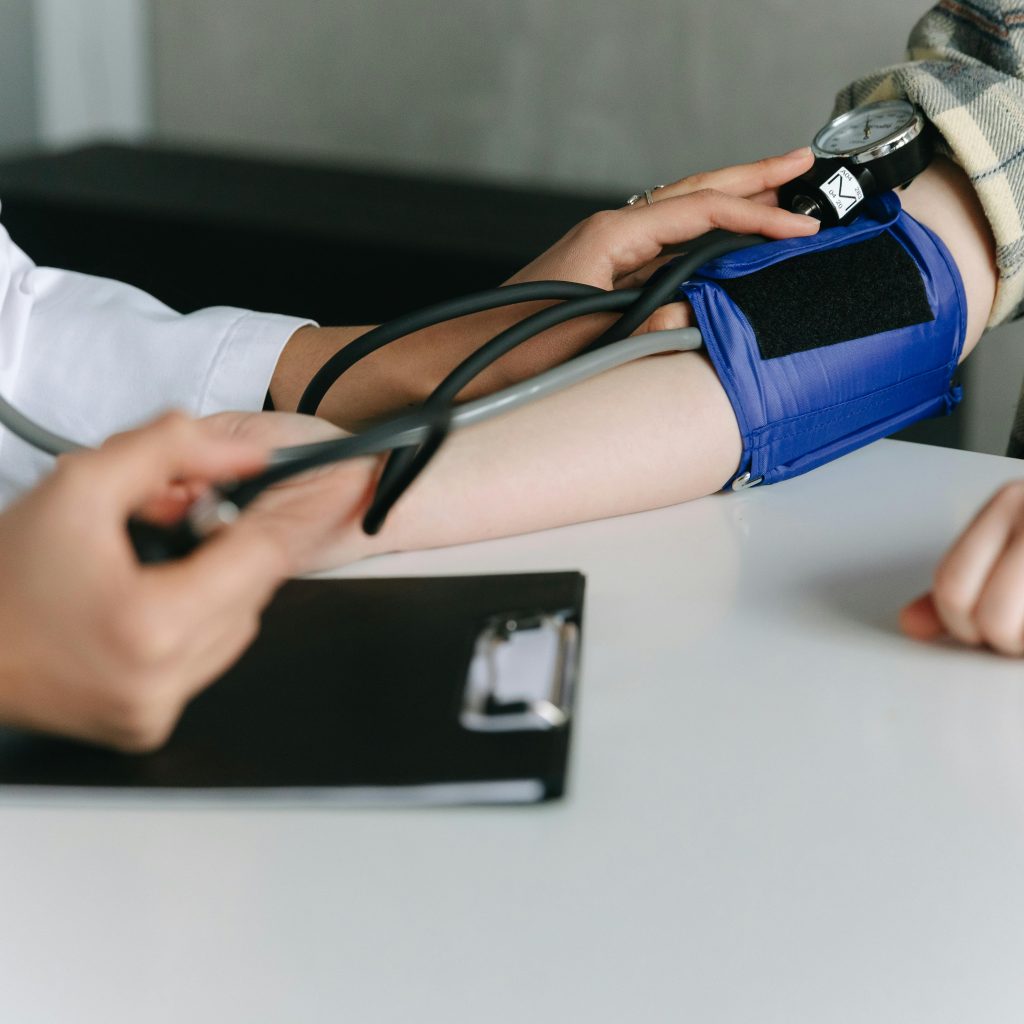Introduction:
[note: the below is a placeholder until I write the real article. It is AI-assisted, it is dry but mildly informative. ]
COPD is a chronic lung disease characterized by obstructed airflow from the lungs. The two primary forms of COPD are emphysema and chronic bronchitis, both of which contribute to breathing difficulties and reduced lung function. Emphysema involves damage to the air sacs in the lungs, while chronic bronchitis is marked by inflammation and narrowing of the airways. COPD is a progressive condition that worsens over time, making early detection and management crucial.
Causes of COPD:
The leading cause of COPD is cigarette smoking, with an estimated 85-90% of cases attributed to tobacco use. However, environmental factors such as air pollution and occupational exposures to dust, chemicals, and fumes can also contribute to COPD development. Additionally, genetic factors, including alpha-1 antitrypsin deficiency, play a role in predisposing individuals to COPD. Understanding these risk factors is essential for prevention and early intervention.
Symptoms of COPD:
Recognizing the symptoms of COPD is key to prompt diagnosis and treatment. Common signs include a chronic cough, shortness of breath (dyspnea), wheezing, chest tightness, and fatigue. Individuals with COPD may experience exacerbations, marked by sudden worsening of symptoms and increased risk of respiratory infections. If you or a loved one are experiencing any of these symptoms, it’s important to consult a healthcare professional for evaluation and management.
Diagnosis of COPD:
Diagnosing COPD typically involves a combination of medical history assessment, physical examination, pulmonary function tests (such as spirometry), imaging studies (such as chest X-ray or CT scan), and blood tests. These diagnostic tools help healthcare providers evaluate lung function, assess disease severity, and tailor treatment plans accordingly.
Treatment and Management of COPD:
While COPD is a chronic condition without a cure, various treatment modalities can help manage symptoms and improve quality of life. Lifestyle modifications, including smoking cessation, regular exercise, pulmonary rehabilitation, and dietary adjustments, are foundational to COPD management. Medications such as bronchodilators, inhaled corticosteroids, and antibiotics (for exacerbations) are commonly prescribed to alleviate symptoms and reduce exacerbation risk. In advanced cases, oxygen therapy and surgical interventions may be considered.
Prognosis and Complications:
The prognosis of COPD varies depending on disease severity, treatment adherence, and individual factors. While COPD significantly impacts quality of life and daily functioning, early diagnosis and comprehensive management can help slow disease progression and minimize complications. However, COPD patients are at increased risk of respiratory infections, pulmonary hypertension, and other comorbidities, underscoring the importance of ongoing monitoring and preventive care.
Conclusion:
In conclusion, COPD is a complex respiratory condition that requires proactive management and multidisciplinary care. By understanding the causes, symptoms, and treatment options for COPD, individuals can take proactive steps to maintain lung health and improve overall well-being. Whether you’re living with COPD or supporting a loved one with the condition, knowledge is empowering. Remember to prioritize regular check-ups, adopt a healthy lifestyle, and seek professional guidance for optimal COPD management.


